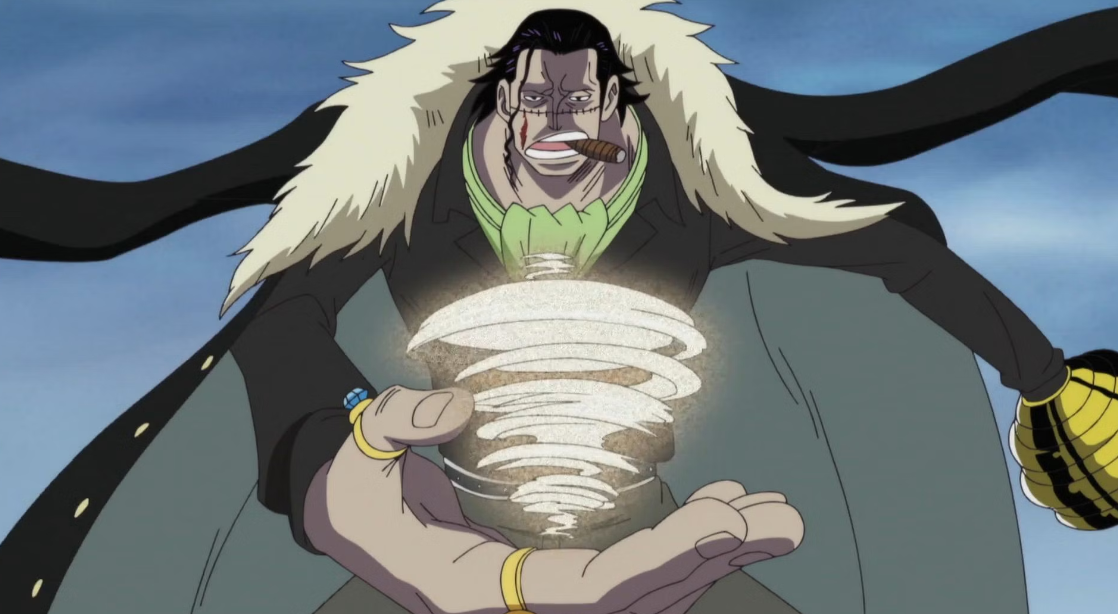Why did Alan Bean go into space twice (Apollo/Skylab)?
Alan Bean was an astronaut who served as the lunar module pilot on the Apollo 12 mission in 1969, and later served as the commander of the Skylab 3 mission in 1973.
Bean was selected as an astronaut in 1963, and after completing his training, he was assigned to the Apollo 12 mission, which was the second manned mission to land on the Moon. On this mission, Bean and fellow astronaut Pete Conrad landed the lunar module on the lunar surface, and Bean became the fourth person to walk on the Moon.
After the Apollo program ended, Bean was assigned to the Skylab program, which was a series of manned missions to a space station launched in 1973. He served as the commander of the Skylab 3 mission, which was the second manned mission to the Skylab space station. During this mission, Bean and his crewmates spent 59 days in space, conducting a variety of scientific experiments and performing maintenance on the space station.
In total, Bean spent a total of 69 days in space over the course of his two missions. He retired from NASA in 1981 and later became an artist, using his experiences as an astronaut as inspiration for his paintings.


Comments
Post a Comment